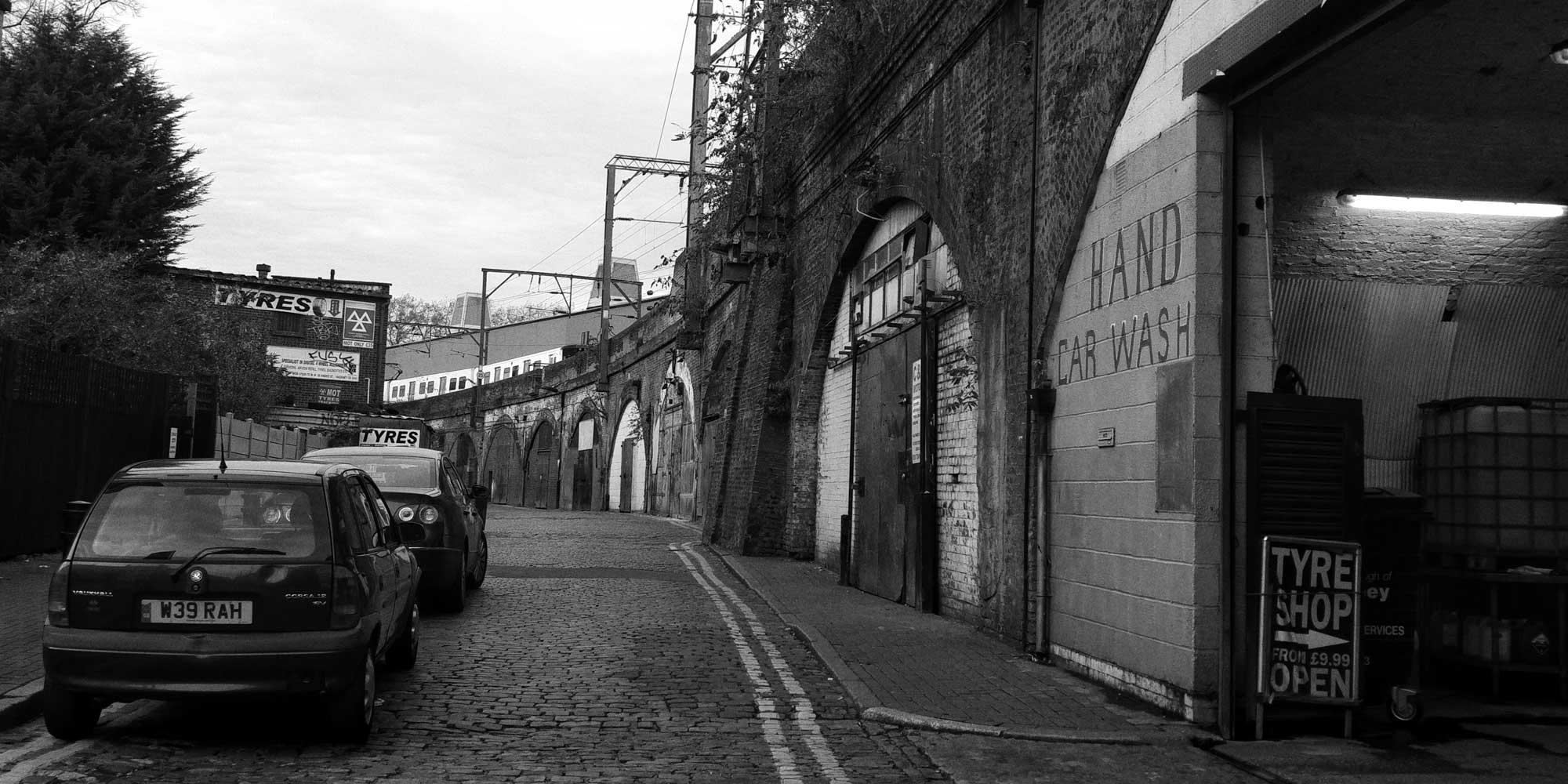Wednesday, 12 February, 2020
One day I will be tired of Brick Lane. Not yet, though.
On Friday, 31st January, we thought of walking down Hackney Road that day, taking the bus from Pembury Circus and wandering down – our eventual destination the cash and carry Bangla Town by Hanbury Street. From the bus, though, we noticed so much construction that the street suddenly seemed less walkable. It wasn’t roadworks but a number of new building sites in various stages of construction. What this means is the street art and curious buildings were disappearing.
So we stayed on the bus to Columbia Road.



Perhaps another day I’ll brave Hackney Road again and see what’s left. That day opened my eyes to the increasing disappearance of the old, a microcosm – or not so micro – of London itself.
From Hackney Road we decided to walk over to Brick Lane by the back streets, taking note of all the changes and contrasts along the way.


From here, it was a less familiar view of Boundary Estate, from its easterly edge. Built as the nineteenth century merged into the twentieth, it’s stayed the same in appearance but not in its culture.


Once past Boundary estate, it’s time to head over to Brick Lane. The streets here are mostly unchanged but there are signs of the future – construction sites and hoardings – and shops at the top, quiet, end of Brick Lane before you hit Bethnal Green Road are getting smarter. The hipsters are very firmly in place. How will it all look in ten, or even five, years?







I may have said before that I’ve noticed a new phenomenon at Brick Lane. In most cities I’m familiar with, the ethnic ghettos are expanding. When I lived in North Beach, San Francisco, Chinatown was a short walk away. In more recent visits to North Beach, Chinatown has crept into its streets. In Toronto, Little India has started to creep along Gerrard Street so that you no longer have to go into its centre to find Indian culture. Brick Lane is changing in a different way – instead of exploding, it’s imploding. More and more non-Indian cafes and shops are opening, mingling with the Bengali and Bangladeshi businesses and threatening to overtake them.
What will happen next? When will the current residents move on, as the Huguenot, and then the Jewish immigrants have done? Where will they go? And will they be pushed out, priced out, or will they too climb out? Meanwhile, there’s still time to look around.




Once it was only Sundays that Brick Lane was busy. Then Saturdays started to become busier. Walking along that Friday, the street wasn’t so quiet.


Once I could walk with my camera and get curious stares as I photographed the street art. Most people had no idea what I could possibly be finding of interest. Now, I have to wait my turn to take a photo and dodge the groups of Street Art walking tours. Sometimes I listen in to what the tour guide is saying – and while I learn something sometimes, other times I’m amused at the misinformation.


This might have been, so soon after my last visit, a strengthening of my feeling that street artists were moving away from here. Yes, there are still some new pieces but not as frequently. It seems as if the area has peaked and moved on as far as the artists are concerned. There are other areas capturing their interest now – Penge is one example. Why else am I seeing less new stuff? I’m not sure.
But I did see some newer work.







Just two days ago, after Storm Ciara had calmed down, I met with my friend Esmeralda who now lives in Bologna but was visiting London for a reunion. She was struck by the changes in Shoreditch, were we lunched. All around us were hoardings, buildings under construction, sites with unbroken ground, and new shiny places reaching for the sky. It’s far from over yet. Those buildings will be built, changing the landscape for many years to come, the old slowly giving way to the new, the immigrants and even the hipsters pushed out – their communities threatened, their culture diluted, the rents unaffordable. It has to happen. It always does.
London has a talent for repurposing, using the old things to create the new. A good example of this is the upcoming move of the Museum of London, an ugly structure in the Barbican, to the upgraded Smithfield Market, where once every butcher bought their wares.
My love affair hasn’t ended but I’m aware of a shift. I love the changes – the new London holds some fascination. However, perhaps I’ve seen the best of it now. I’m grateful for it. I’m grateful for everything the city has shown me and I’m as interested in the new as I am in the old – or it’s a close match. I’m not sure.

I find myself both sad and excited. Adapting to change is important and I think I’m very good at it but I do feel nostalgic at times and at others impatient to see just what’s around the corner. The London of 2050 – what will it be?
